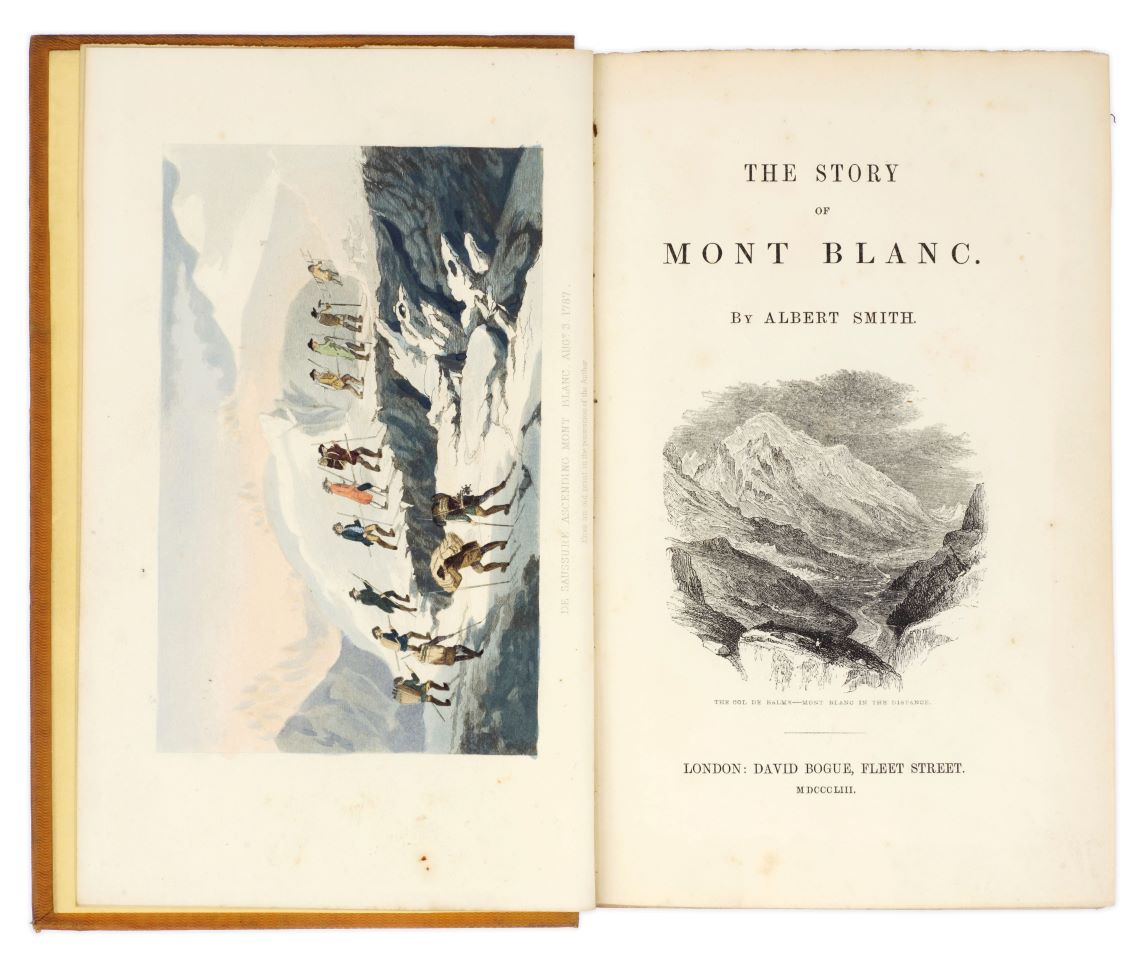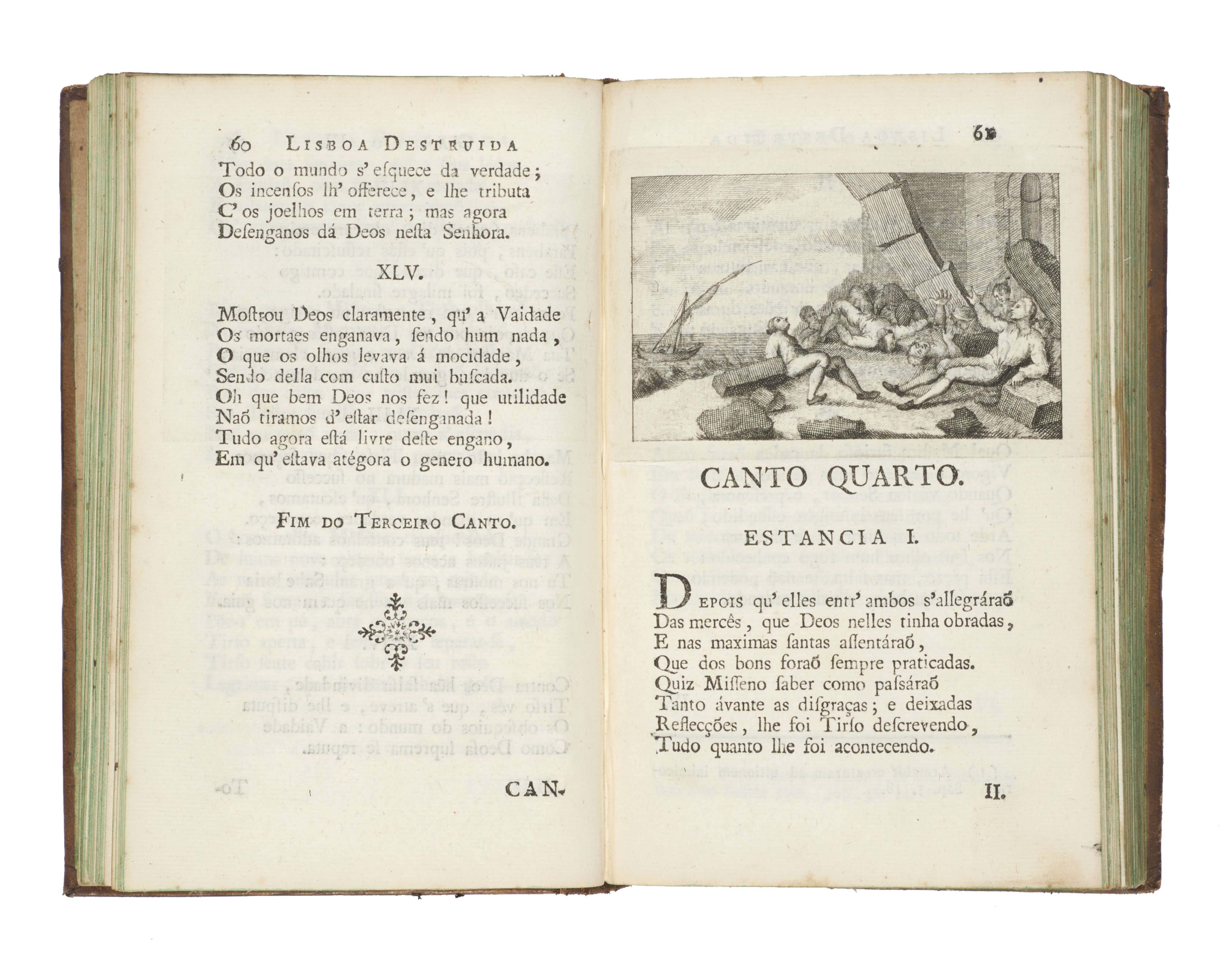EYRE, Henry.
A Brief Account of the Holt Waters, containing one Hundred and Twelve eminent Cures, perform’d by the Use of the Famous mineral Waters at Holt, (near Bath) in Wiltshire … To which are added, Directions for drinking the Holt Waters, and some experimental Observations on the several Wells.
London: Printed for J. Roberts … 1731.
12mo., pp. [8], 155, [1], with an engraved frontispiece of the fountain and a folding plate (tear repaired) of the pump and well; ‘A List of several eminent Cures perform’d by the Holt Waters’ has a separate title-page; a very good copy in contemporary mottled calf, rebacked; nineteenth-century armorial bookplate of Thomas Watkin Forster.
Added to your basket:
A Brief Account of the Holt Waters, containing one Hundred and Twelve eminent Cures, perform’d by the Use of the Famous mineral Waters at Holt, (near Bath) in Wiltshire … To which are added, Directions for drinking the Holt Waters, and some experimental Observations on the several Wells.
First edition. The waters from Bath, Bristol and Holt, in Wiltshire, were the most popular English mineral waters of the eighteenth century, in no small part due to the activity of Henry Eyre, ‘Sworn Purveyor to Her Majesty [Queen Caroline, wife of George II] for all Mineral Waters’. Eyre ran a distribution business across London and the South-west, selling both ‘the Foreign Waters as fresh and frequent as the distant situation of the Places will admit’ and ‘our own Mineral Waters fresh and good, viz. those of Holt, Bath and Bristol.’ Eyre’s account of the Holt waters contains passages from Boyle, Dr. Cheyne and one Rev. J. Lewis of Holt, and is followed by an extensive list of cases (scrofula, leprosy, ‘a stubborn Gleet’), and an appendix of documents relating to the present upkeep of the wells.
The work is dedicated to Edward Lisle of Holt Manor, proprietor of the waters; this copy bears the book plate of his descendant Thomas Watkin Forster, who inherited Holt Manor in 1822. ESTC lists eleven copies (National Library of Medicine, Yale and Huntington only in USA).

